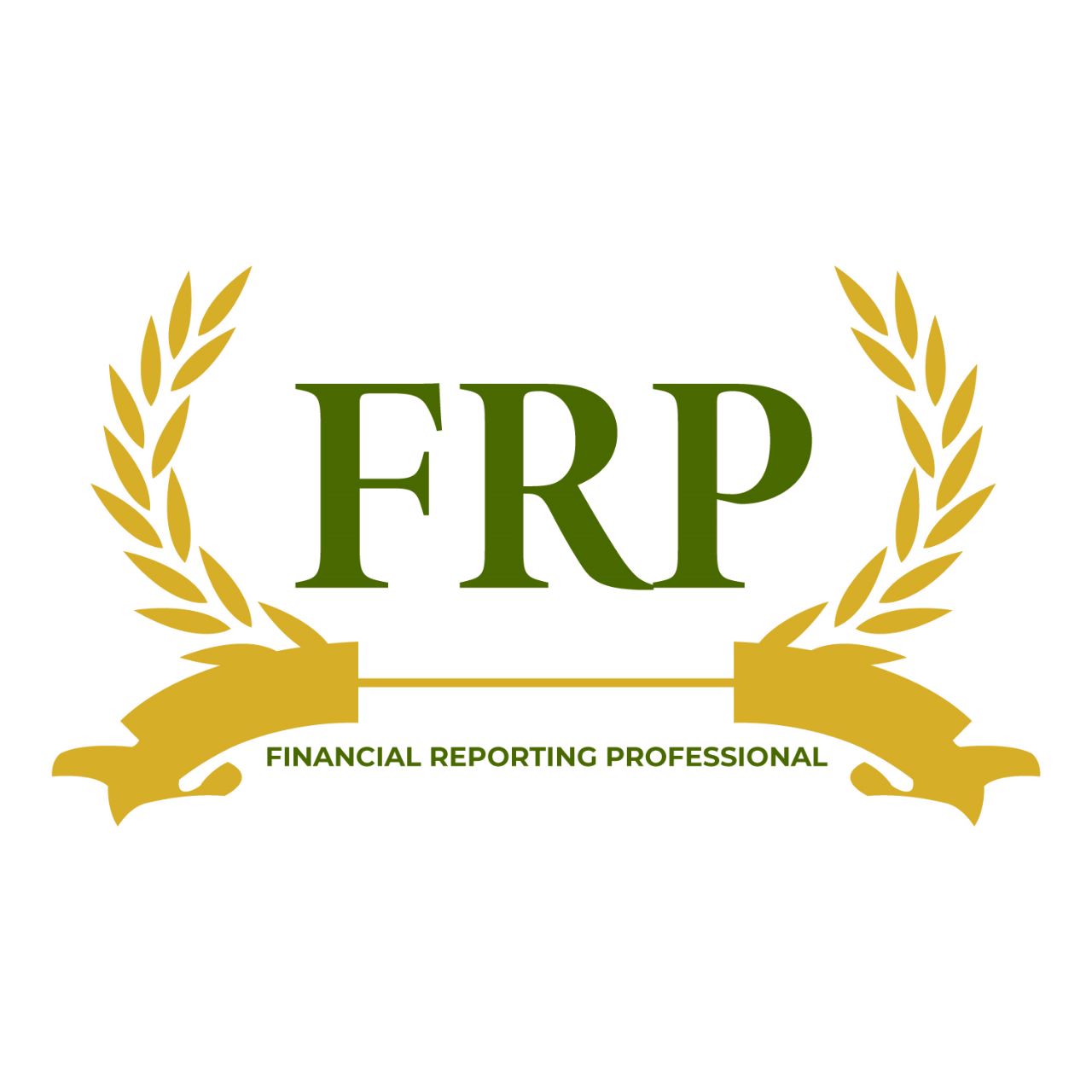
Wajahat Ali
Last Update: 4/13/2023

Wajahat Ali
Last Update: 4/13/2023
( Financial Reporting Professional – FRP ) • International Accounting Standards - IFRS & IAS • Accounting & Bookkeeping - Xero, Quick books, MS Excel • Financial Statements Preparation • Ratio Analysis • Business Feasibility Report

Category Advance Accounting & Software Trainings
Cost Rs 20,000
No. Of Sessions 9 Lectures
Instructor Wajahat Ali
Level Skilled
FRP (Financial Reporting Professional)
Key Accountancy Concepts
Use of Financial Ratios
Use of numerical values taken from financial statements to gain meaningful information about a company such as:
Book Keeping
Professional bookkeeping of entities using most used software in market
Professional Level Use of Microsoft Excel
Financial Statement Preparation
Legal Requirements by SECP & FBR For Preparation and Presentation of
Financial Statements
Financial Reporting Professional (FRP)
IFRS & IAS (Applicable Financial reporting framework)
International Accounting Standards
International Financial Reporting Standard
Quick Books
Bookkeeping in Detail (For Freelancing & Local Market)
MS Excel Advance